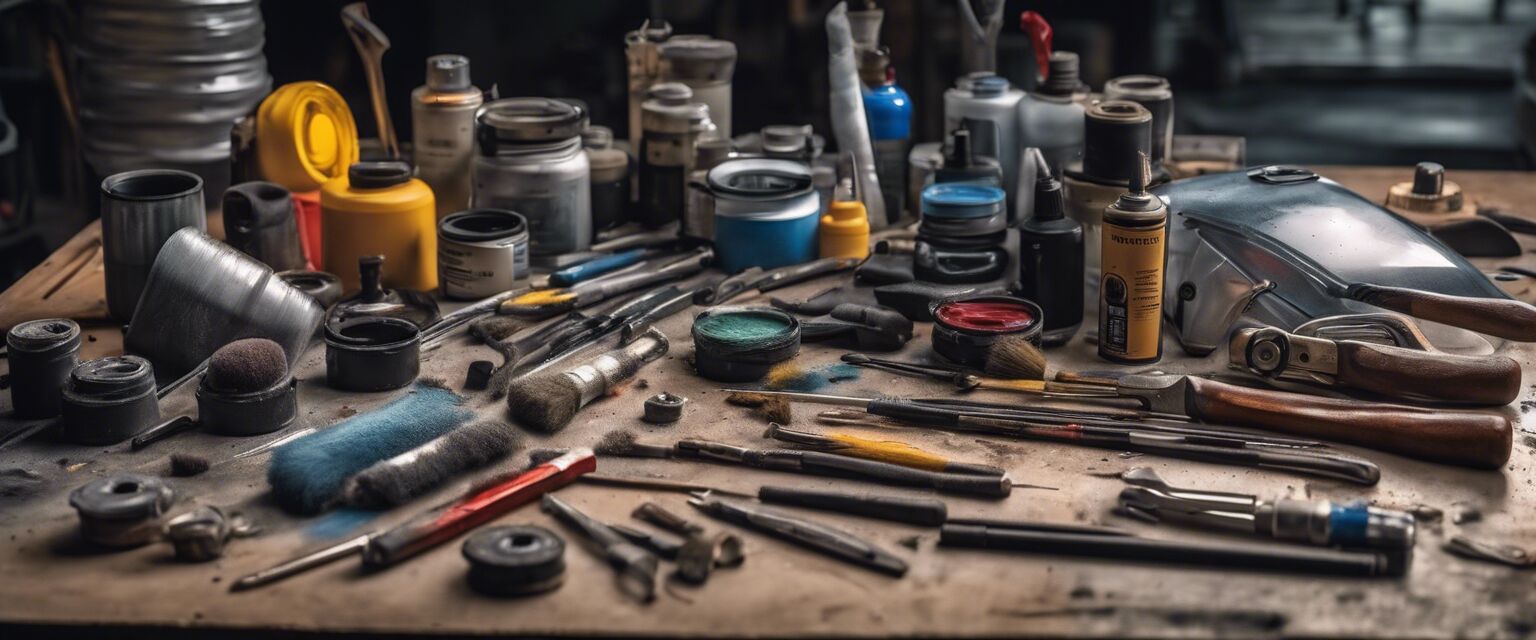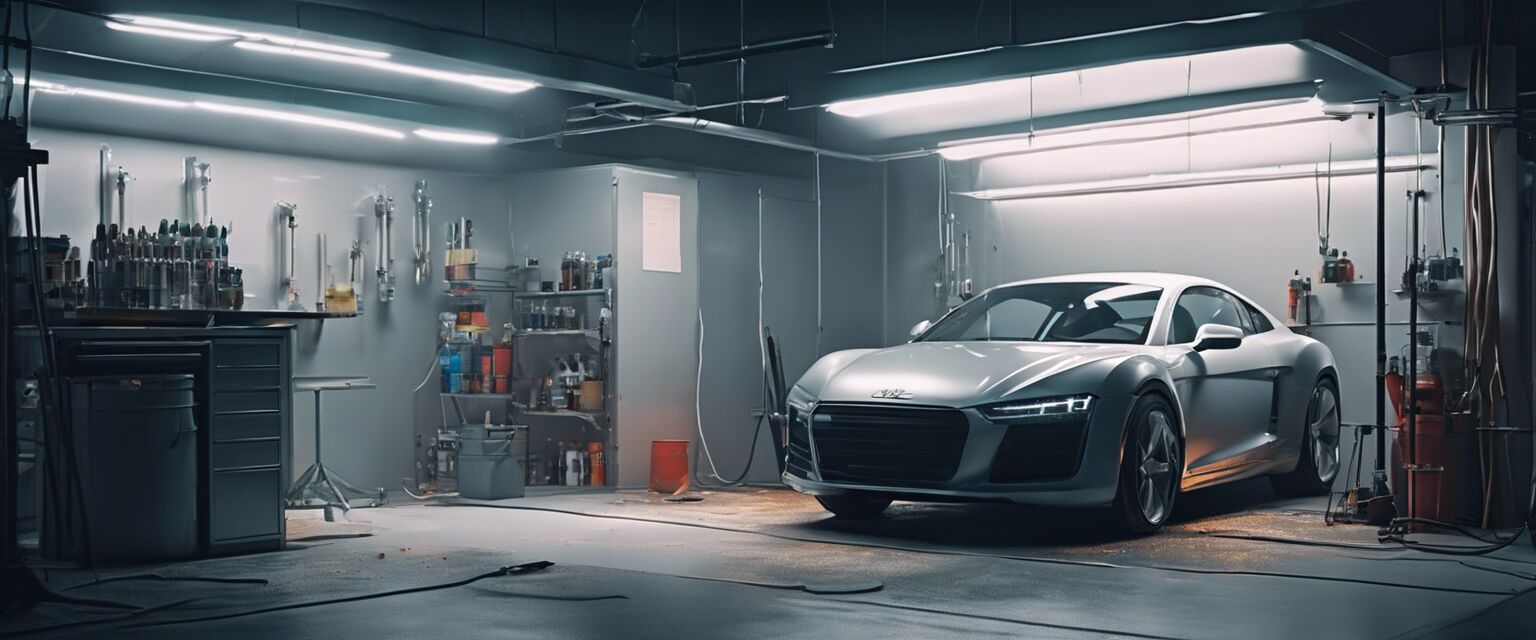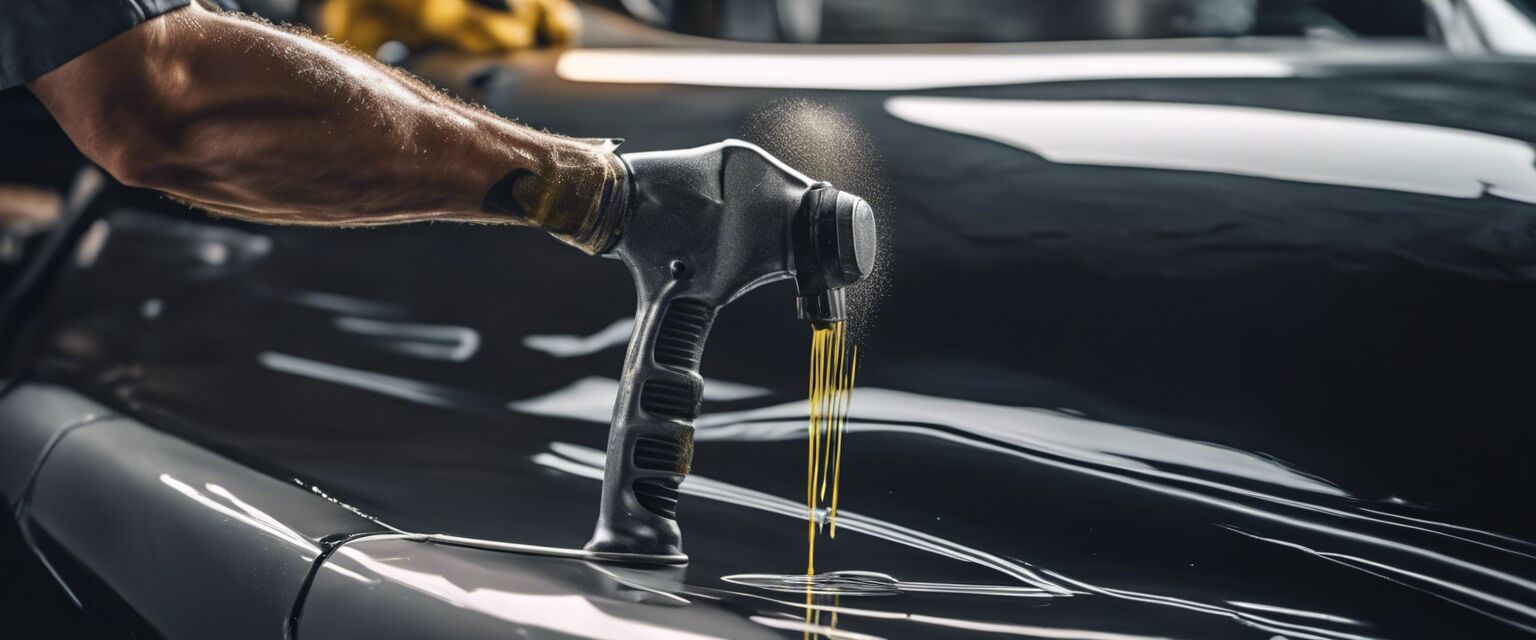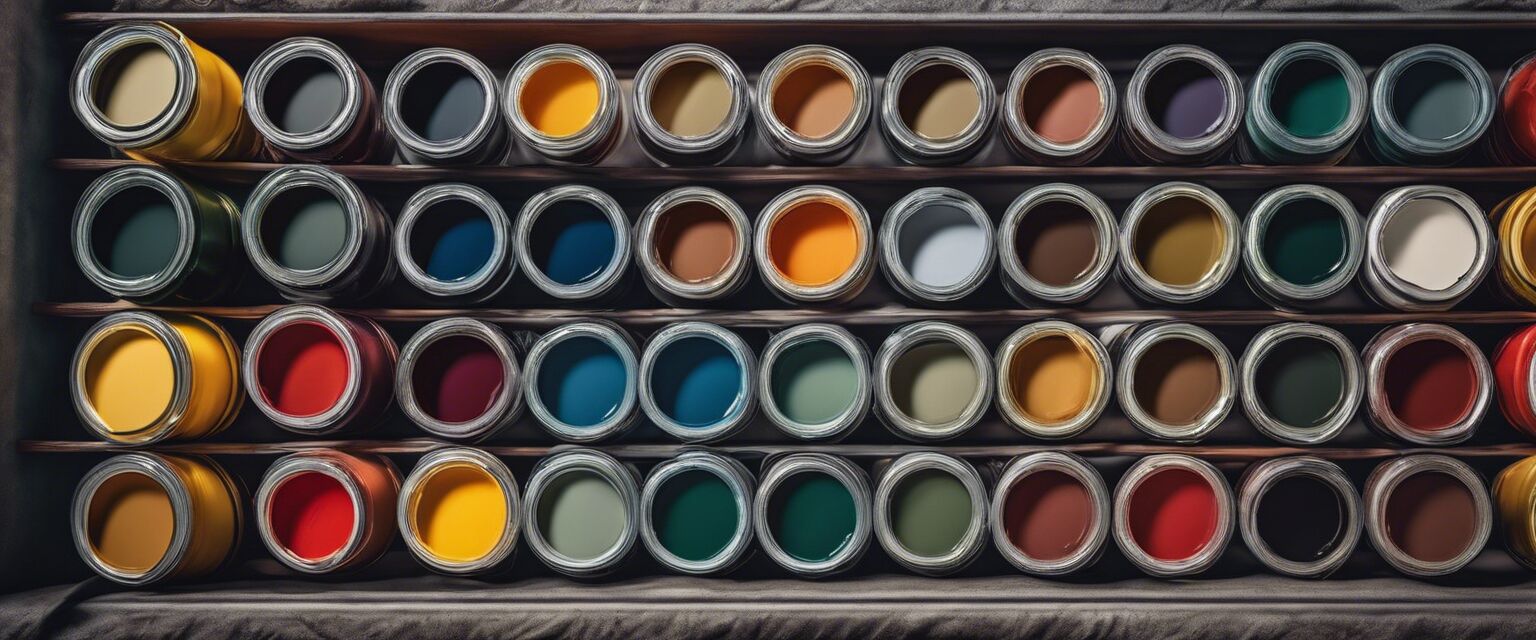
Automotive paint types
- Understanding different types of automotive paint is crucial for optimal results in car restoration and repair.
- Each paint type has unique properties, making it suitable for specific applications.
- Choosing the right paint can affect durability, appearance, and overall finish of the vehicle.
- Common paint types include acrylic enamel, urethane, and latex.
- Proper preparation and application methods vary based on the type of paint used.
When it comes to restoring or customizing a vehicle, selecting the right automotive paint type is vital to achieving the desired results. With various types of paints available, each offering unique features and benefits, it's important to understand what is best suited for your needs. In this article, we will cover the major types of automotive paints, their characteristics, and suitable applications.
Overview of automotive paint types
| Paint Type | Characteristics | Common Uses |
|---|---|---|
| Acrylic Enamel | Fast drying, durable with a glossy finish | Repairs and complete paint jobs |
| Urethane | Flexible, resistant to chipping and fading | Professional refinishing and automotive restoration |
| Latex | Water-based, easy to clean, low odor | Touch-ups and DIY projects |
| Metallic | Contains metallic flakes for added shine | Custom jobs for a unique look |
| Matte Finish | No gloss finish that provides a modern look | Specialty finishes and modern vehicle designs |
A closer look at the paint types
1. Acrylic enamel
Acrylic enamel paint is one of the most popular choices among automotive enthusiasts and professionals. It is known for its quick-drying properties and ability to deliver a glossy finish. This paint type is suitable for both full paint jobs and repairs, making it highly versatile.
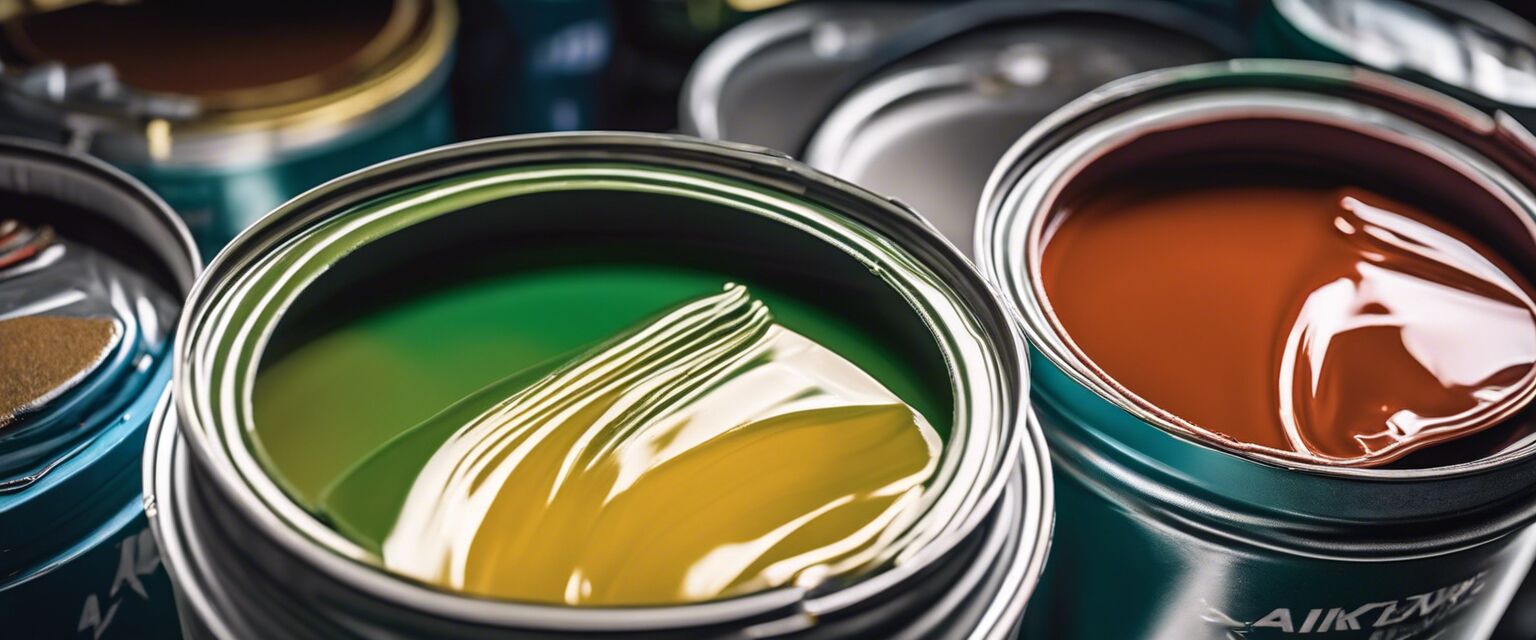
2. Urethane
Urethane paints offer a high level of durability and flexibility, making them ideal for professional refinishing. Their resistant nature to chipping and fading allows for a long-lasting finish, even in harsh conditions. Urethane paints require a bit more expertise in application but provide excellent results.
3. Latex paint
Latex paint is a great option for DIY projects due to its water-based formula, which makes it easy to clean up. It's available in a variety of finishes and is often used for touch-ups or minor repairs. However, it may not be as durable as other options, so it's best for small jobs.
4. Metallic paint
If you're looking to add a unique touch to your vehicle, metallic paint could be the perfect choice. It contains metallic flakes that reflect light, creating a stunning effect. This type of paint is often used in custom jobs and can enhance the overall visual appeal of the car.

5. Matte finish
Matte finishes have gained a lot of popularity in recent years. This non-glossy look provides a modern appearance that many car owners desire. However, this type of paint requires special care and maintenance to keep its sleek look.
Factors to consider when choosing automotive paint
Selecting the right paint involves considering several factors. Below are key aspects to keep in mind:
- Type of vehicle: Different vehicles may require specific paint types based on their use and condition.
- Environment: Consider how and where the vehicle will be usedâdifferent paints perform better under different conditions.
- Budget: Prices can vary widely among paint types, so it's essential to find a balance between quality and cost.
Application methods for automotive paints
Each type of automotive paint has its own specific application method. Below are some common techniques:
- Spray gun: Ideal for achieving a smooth, even finish.
- Brush application: Suitable for small areas or touch-ups.
- Roller application: Can be used for larger surfaces but may take practice to achieve consistent results.
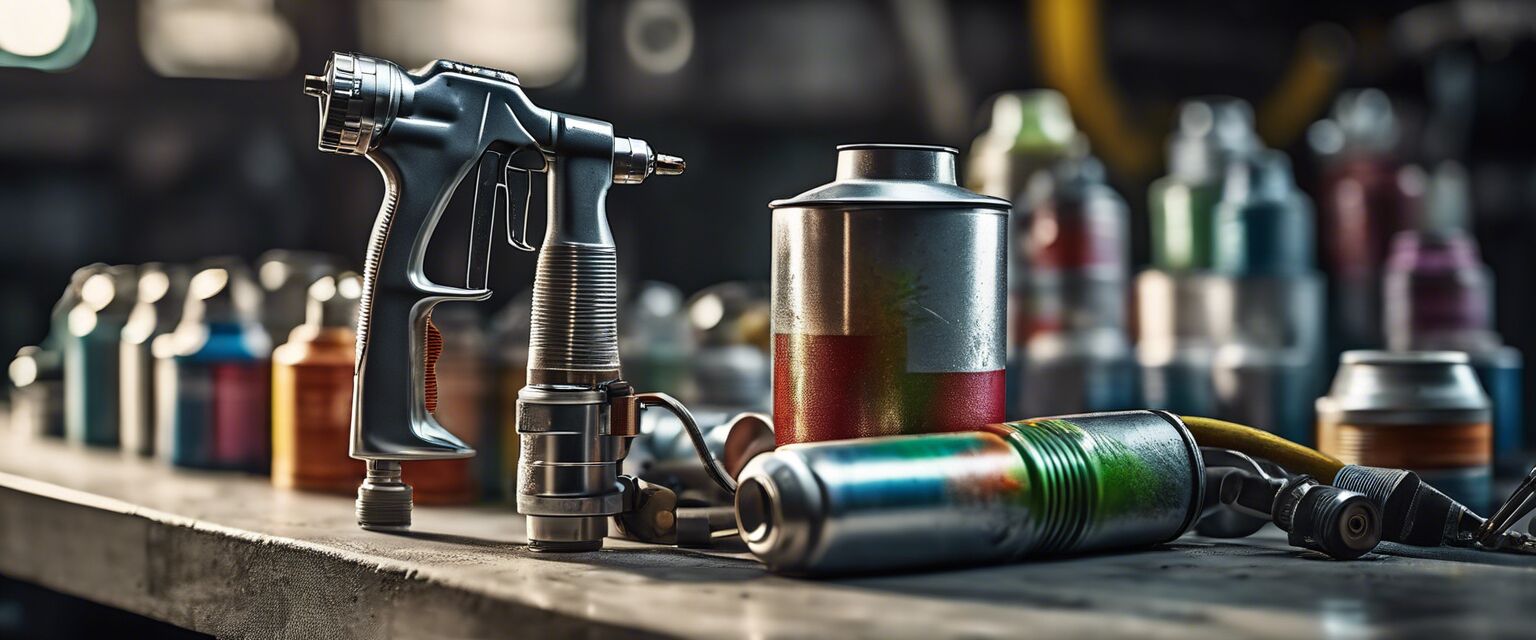
Tips for beginners
Beginner's guide to automotive painting
- Always prepare the surface properly by cleaning and sanding.
- Use a primer before applying paint to ensure better adhesion.
- Practice proper ventilation when painting to avoid inhaling fumes.
- Invest in quality tools and materials for the best results.
Pros
- Wide variety of paint options available to fit different needs.
- Potential for enhancing the vehicle's aesthetic appeal.
- Durability improves with quality paint choices.
- Ability for customization with color and finish options.
Cons
- Some paint types require more expertise in application.
- Quality paints can be costly.
- Improper preparation can lead to unsatisfactory results.
- Certain finishes may require special care.
Conclusion
Understanding the different automotive paint types is crucial for anyone looking to enhance their vehicle's appearance or make necessary repairs. With the information provided in this article, you should now have a good grasp of the various options, their characteristics, and application methods.
To explore more about specific automotive supplies that complement your painting project, check out our Automotive Paints, Body Fillers and Putty, Car Detailing Tools, Paint Sprayers, Protective Gear, and Sanders and Polishers categories.

